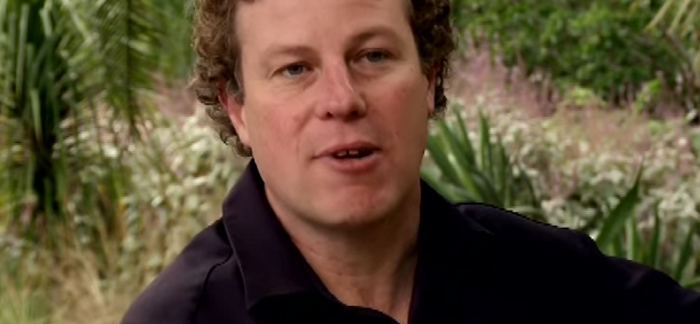Droughts can be particularly devastating on a region. With scarce water supplies, it seems like there should be nothing fun about a drought to even be considered. Yet in even the darkest of times this world has seen, there are still fun facts to be discovered. Here are some of the most interesting there are about droughts.
1. A Limited Resource
Most of the water that is on our planet is not readily available to meet human needs. Some estimates put the total amount of drinkable water at just three thousandths of one percent. For that reason, it becomes important to limit daily usage to prevent drought conditions in the first place. From food products to the beverages that are consumed or showers taken, try seeing what life is like on just 13 gallons of water every day.
2. Agriculture Uses It
Most water isn’t used for human consumption. It’s actually used to grow crops that are then used for eating or given to animals that are later eaten. In California, for example, about 80% of the total water use that happens is in the agricultural sector. That’s problematic for the current drought in the US West because California has about 1 year of water left and ground water levels are at or near record lows for the region.
3. Old Water
When a drought occurs and above ground supplies of water begin to get low, the only place to find water is in the ground. That’s why wells are dug or drilled out. This allows people to access the ground water so that it can be consumed. Some wells are drilled so deep into the Earth’s crust that people are now accessing water supplies that could have fallen more than 20,000 years ago.
4. Do Crops Cause Drought?
There are certain types of crops that require more water to bear fruit than others. That’s why it is so difficult to limit oneself to the use of 13 gallons of water per day. A walnut, for example, takes almost 5 gallons of water to create. In eating just 10 walnuts, someone is consuming 49 gallons of water. Even a handful of almonds can push someone over the 13 gallon limit. Knowing which resources require water and managing the environment in that way can help sustain agriculture even in difficult times.
5. Hail the Potato
There are numerous agricultural sectors in California that are affected by the current drought. Some of this is because of how much water is actually used to create the crops. Alfalfa, for example, requires over 1.6 trillion gallons of water every year just in the state. Rice uses about 1 trillion gallons of water. Then there’s the potato, which in some years does not even require 100 billion gallons of water. If almonds and pistachios were replaced by potatoes, 12x the amount of food could be grown in the state with current water use.
6. Beef: It’s Not What’s For Dinner
To produce one gallon of milk, it requires 700 gallons of water. To produce 4 ounces of beef, it requires 425 gallons of water. In times of drought, saving just one serving of beef would give a person 1 gallon of water to drink every day for more than a year. That’s something to think about when the grocery store decides to run a sale on those 16 ounce Porterhouse steaks. That’s over 1,600 gallons of water you’re consuming when you eat it.
7. Don’t Drink the Ocean
One of the solutions to drought has been to look at desalinization technologies. A new plant near San Diego is scheduled to go online in 2016 and produce up to 50 million gallons of drinkable water every day. The only problem is that it cost $1 billion to just build the plant and make it operational. In return, the 50 million gallons of water per day is enough to meet just 7% of the local demand for water. Maybe in the future if technologies become cheaper will desalinization work, but for now, the investment may not provide enough of a return.
There are many ways to save water when the water cycle leaves one area to go somewhere else. In California, there is so much water waste that real conservation efforts could allow for all agricultural purposes to be met and still have water left over from rivers and aquifers. We may not be able to control drought, but we can actively manage it so its effects are not as damaging. If we do not, then we might be reading about the fun facts of famine instead.




